3 Must-have Classroom Tech Innovations–and How to Fund Them
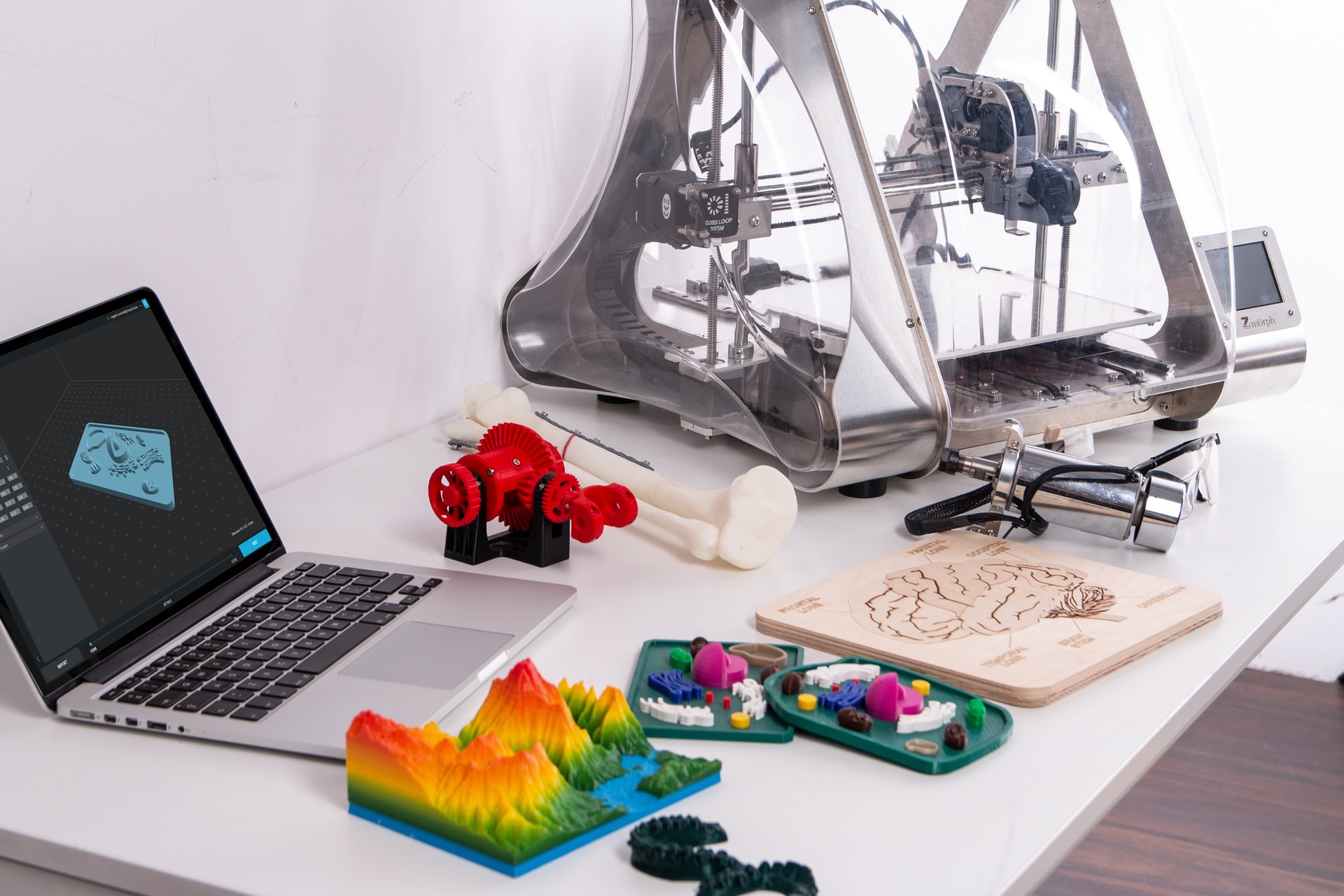 Image source: https://unsplash.com/
Image source: https://unsplash.com/
Classroom technology is an essential part of learning--here's how to find the tools and the funding to implement it in your school
- 0 Comments
- Sep 28, 2021 10:00:00 AM
- Posted by Maria Alejandra Calcetero
- Topics: Robotics, EdTech, STEM, Education, 21st Century Classroom, Special Education, Robots,, students, Technology, VR, Realidad Virtual, STEMchat, Edchat, k12, Virtual Reality, virtual learning, classroom, Tech
Sparking Curiosity About STEM
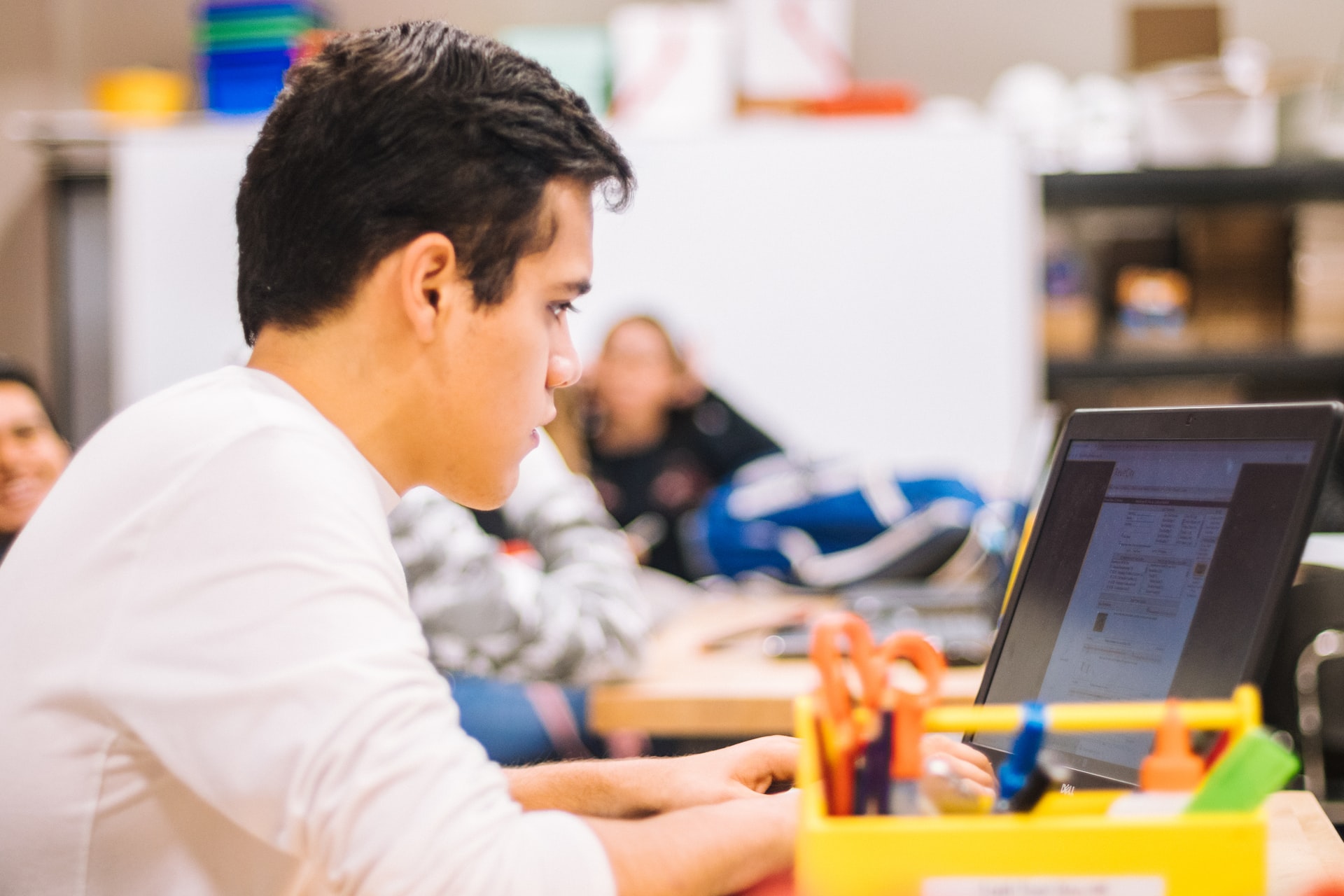 Image source: https://unsplash.com/
Image source: https://unsplash.com/
A monthly after-school activity guides students to have fun exploring science, technology, engineering, and math.
- 0 Comments
- Sep 27, 2021 10:00:00 AM
- Posted by Maria Alejandra Calcetero
- Topics: Robotics, EdTech, STEM, Education, 21st Century Classroom, Special Education, Robots,, students, Technology, VR, Realidad Virtual, STEMchat, Edchat, k12, Virtual Reality, virtual learning, classroom, Tech
How Can Virtual Reality Help with Choosing a Future Career?
By Nancy Howard
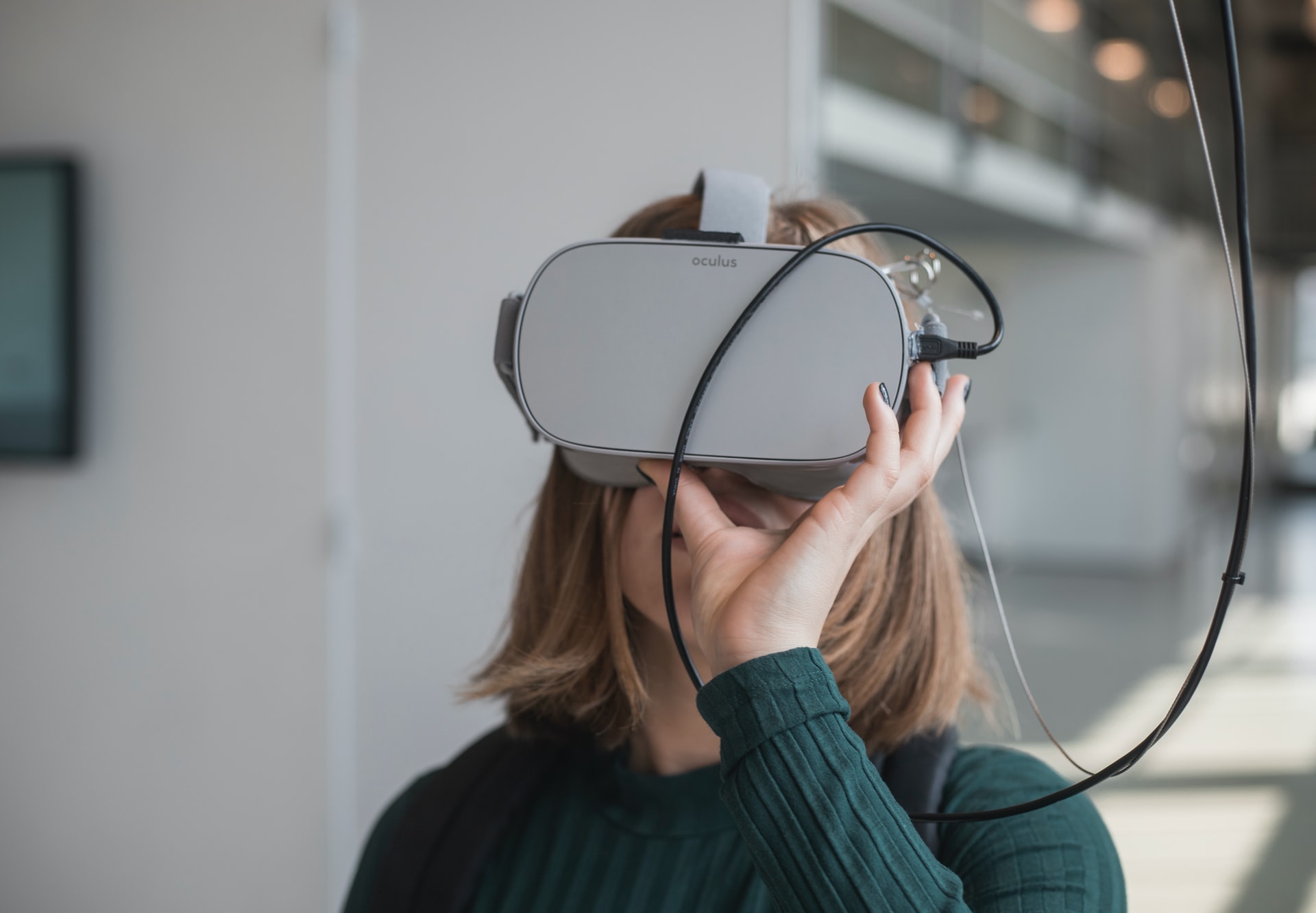 Image source: Unsplash
Image source: Unsplash
Virtual reality is a relatively new technology that is already widely used in various industries. Engineering, design, and entertainment spheres are among them along with the educational and training activities. This technology also helps to follow a virtual reality career path by acquiring jobs in VR related to programming, design, or content creation.
- 0 Comments
- Sep 23, 2021 10:00:00 AM
- Posted by Maria Alejandra Calcetero
- Topics: Robotics, EdTech, STEM, Education, 21st Century Classroom, Special Education, Robots,, students, Technology, VR, Realidad Virtual, STEMchat, Edchat, k12, Virtual Reality, virtual learning, classroom, Tech
6 Tips for Mentoring STEM Students
By Devin Partida
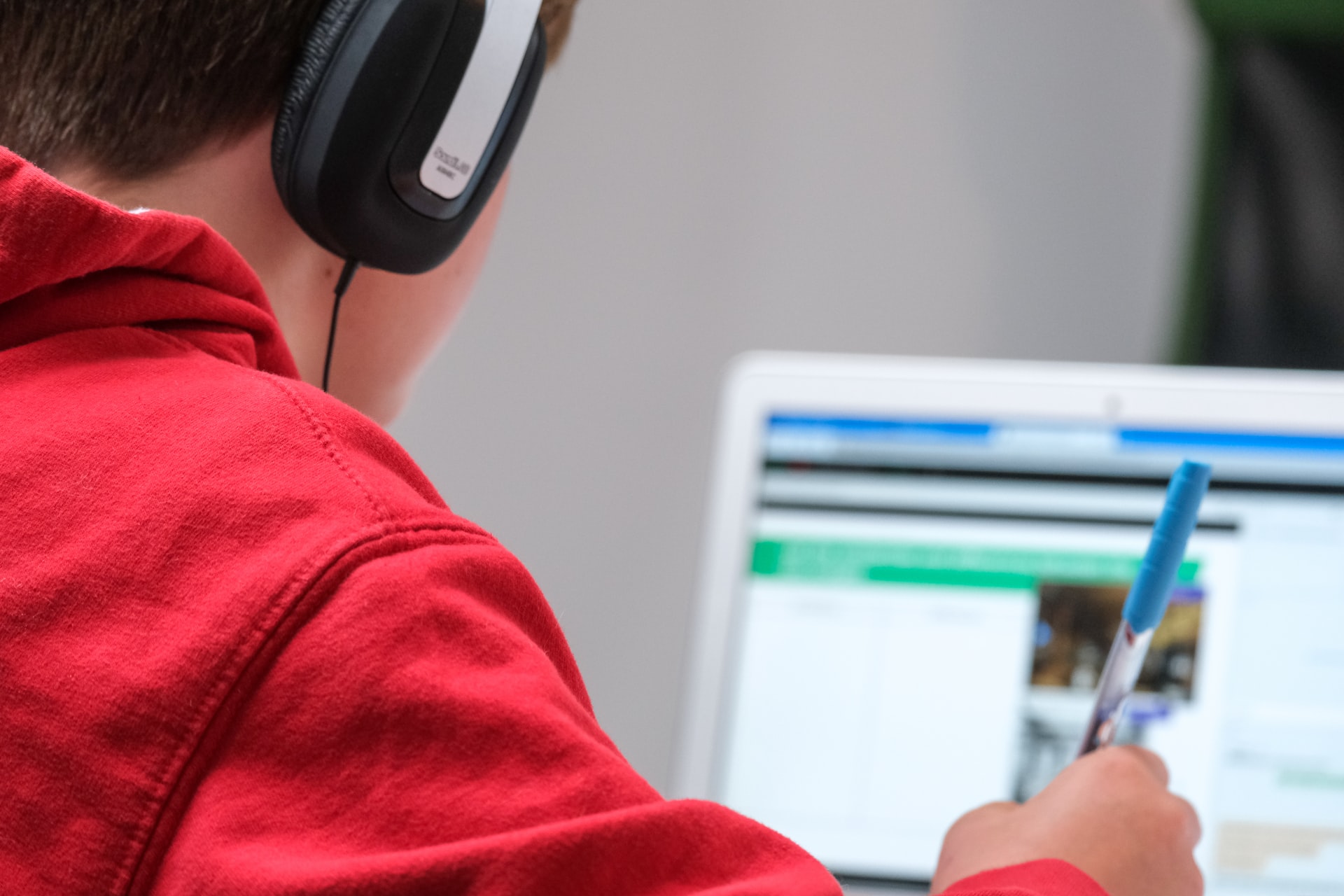 Image source: https://unsplash.com/
Image source: https://unsplash.com/
Mentoring any student can be a challenge, even for the most experienced and well-rounded educators.
When you think about the field of science, technology, engineering, and mathematics, also known as STEM, it may seem intimidating to lead by example for young, impressionable students. However, it’s an investment that’s worth considering when educating students about STEM topics.
Unfortunately, many STEM professionals never receive formal training on mentorship, but there are plenty of benefits to reap for both the mentor and mentee.
In addition, you’re probably aware of the racial and gender disparities between students. We need solid mentorship programs in K-12 schools to overcome these disparities, encourage all types of students to pursue STEM-related careers, and help them achieve their potential.
Let’s go over six tips that can help you mentor your STEM students to the best of your ability.
- 0 Comments
- Sep 17, 2021 10:00:00 AM
- Posted by Maria Alejandra Calcetero
- Topics: Robotics, EdTech, STEM, Education, 21st Century Classroom, Special Education, Robots,, students, Technology, STEMchat, Edchat, k12, classroom, Tech
Robots for the Classroom | Increasing Classroom Success
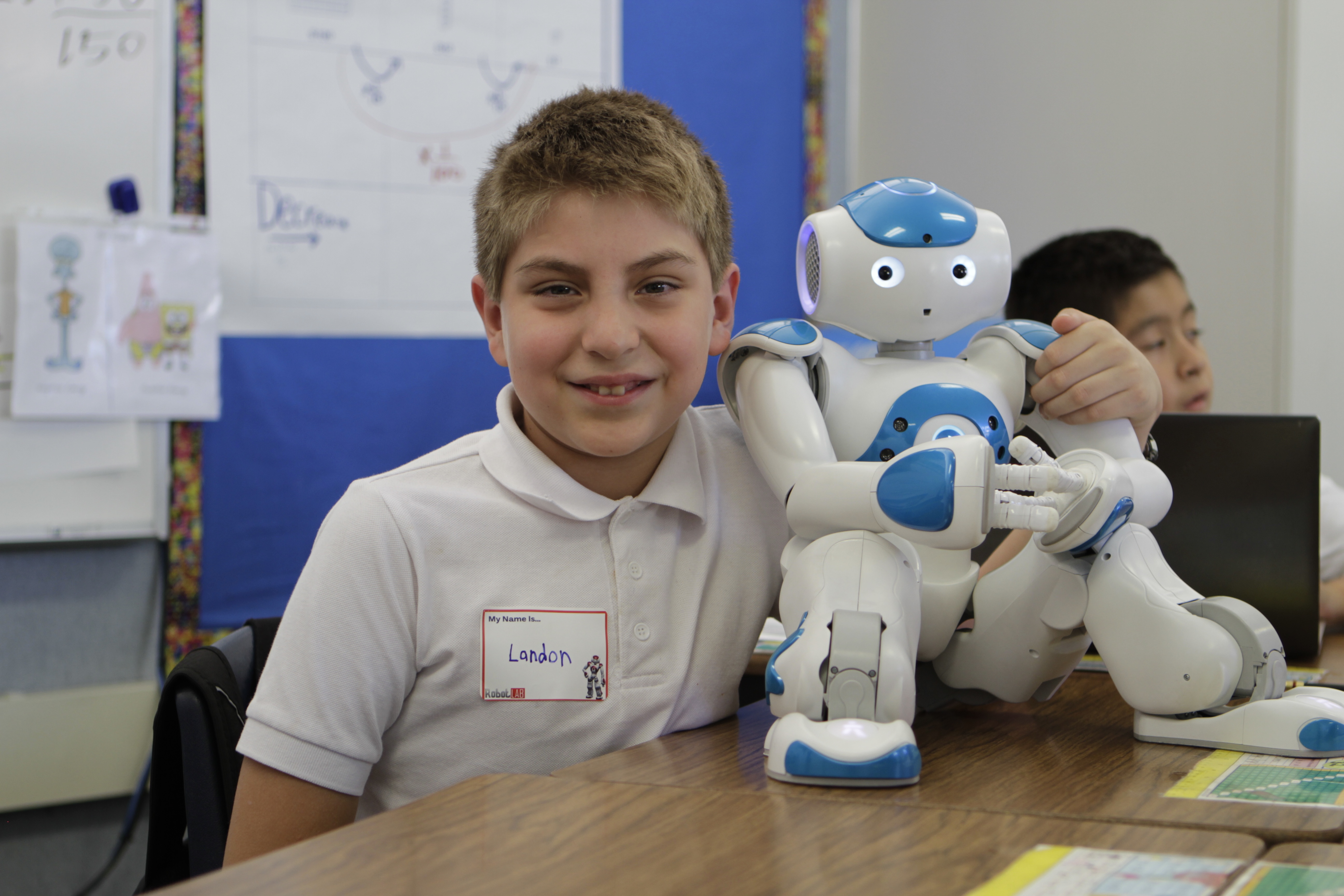
For nearly 50 years, educators and robotics professionals have known that robots help kids with special needs learn. As our Founder and Chief Scientist, Tim Gifford has been quoted saying, “As far back as the 1970s, research has shown that children with special needs respond well to robots and that their interactions are effective.”
This is especially true for children with autism. With an increase in autism awareness and understanding, more children in the United States than ever before are being diagnosed with Autism Spectrum Disorder (ASD). According to recent data from the Centers for Disease Control, 1 in 54 kids in the United States has been diagnosed with autism.
Why Use Robots?
There are many reasons why Robot-Assisted Instruction (RAI) helps children with autism learn and succeed in school and life.
- 0 Comments
- Sep 16, 2021 10:00:00 AM
- Posted by Maria Alejandra Calcetero
- Topics: Robotics, EdTech, STEM, Education, 21st Century Classroom, Special Education, Robots,, students, Technology, STEMchat, Edchat, k12, classroom, Tech
Relevant Posts
Popular Posts
Subscribe to Email Updates
-
I Want To Learn MoreADDITIONAL INFORMATION


